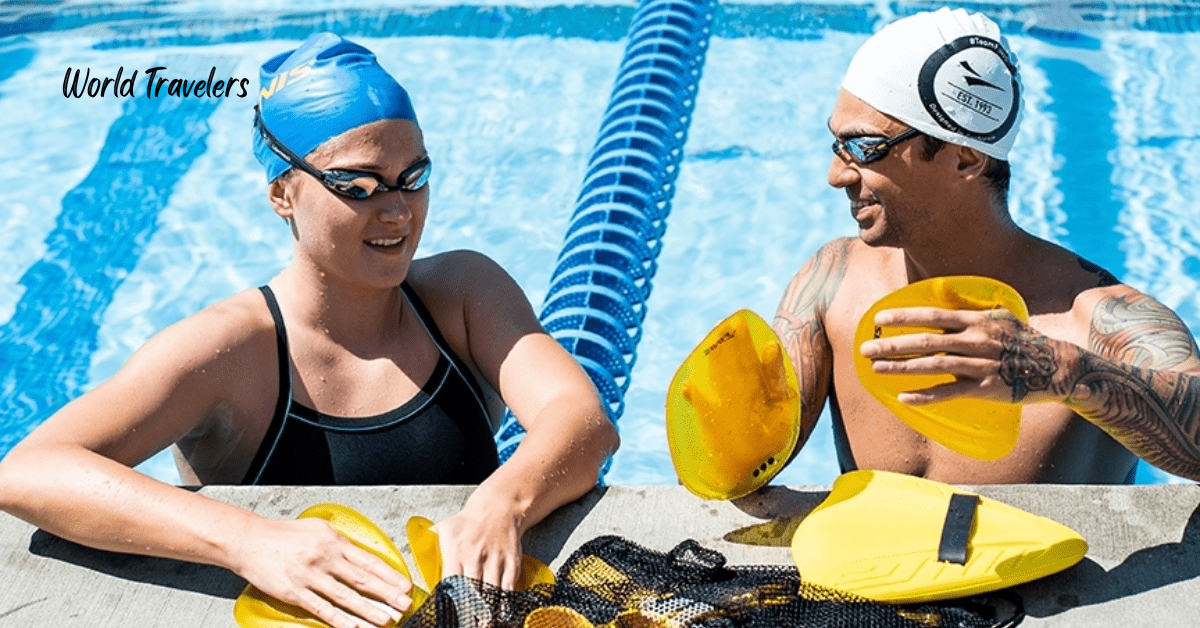Swimming is a fantastic full-body workout that can improve cardiovascular health, build muscle, and enhance overall well-being.Having the right gear can make all the difference in creating a positive experience and fostering a lifelong love for the sport.
Swimsuits
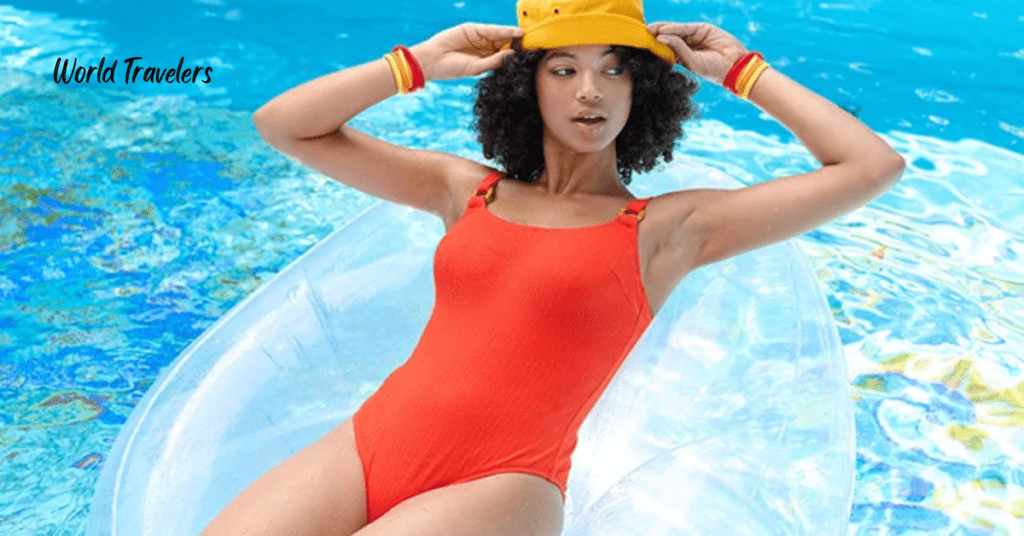
Choosing the right swimsuit is the first step in preparing for your swimming journey. Swimsuits come in various styles, materials, and fits, each designed to cater to different needs and preferences. For beginners, it’s crucial to find a swimsuit that balances comfort, functionality, and style.
Swim Trunks and Jammers
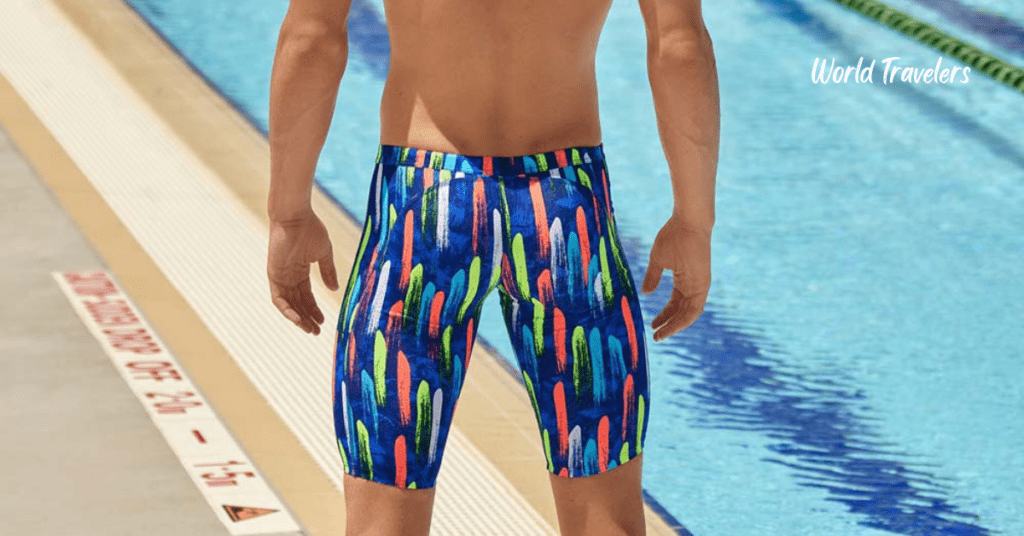
Swim trunks and jammers are popular choices for men, each serving different preferences and needs. Swim trunks are loose-fitting shorts that offer comfort and ease of wear, making them ideal for casual swimming.
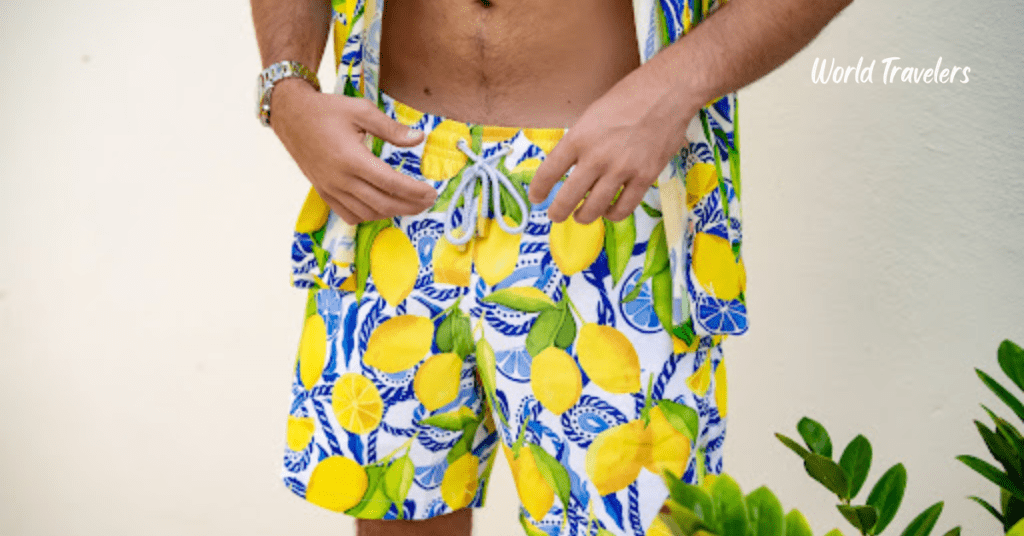
On the other hand, jammers are more form-fitting and extend to the knee, providing a streamlined fit that reduces drag and enhances performance, making them suitable for competitive swimming. However, swim trunks can create drag, which may affect speed, while some swimmers might find jammers restrictive.
Material and Fit
When choosing a swimsuit, the material and fit are crucial factors. Polyester is durable, chlorine-resistant, and retains color and shape well, making it a popular choice for frequent swimmers. Nylon is lightweight and quick-drying but less resistant to chlorine.
Regarding fit, a snug fit ensures minimal drag and better performance, feeling tight but not restrictive, while a comfort fit is more suitable for casual swimming, offering greater comfort and flexibility.
Goggles
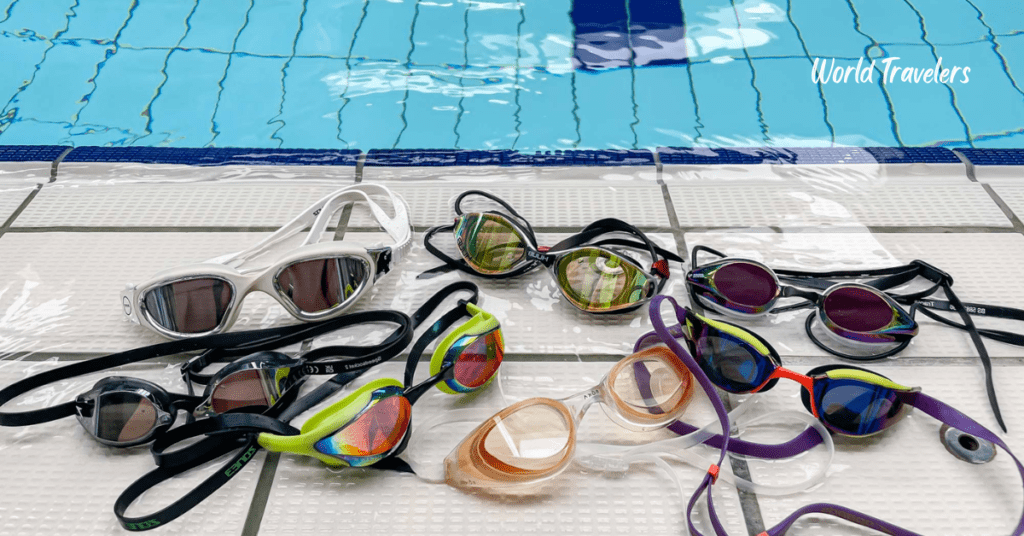
Goggles are an essential piece of swimming gear for beginners and experienced swimmers alike. They protect your eyes from chlorine and other chemicals in the pool, as well as from salt and debris in open water. Selecting the right pair of goggles can significantly enhance your swimming experience.
Competitive Goggles
Competitive goggles are designed for high performance, featuring a sleek, streamlined design that reduces drag in the water. They often come with interchangeable nose bridges for a custom fit and include anti-fog and UV protection features.
While these goggles enhance swimming speed and visibility, they can be less comfortable for prolonged use and are generally more expensive than recreational goggles.
Training Goggles
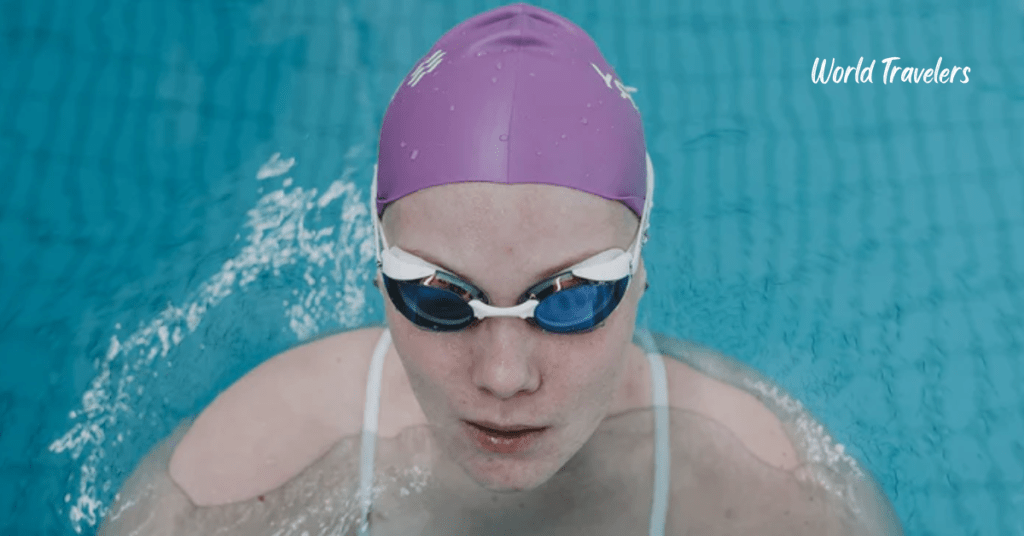
Training goggles strike a balance between recreational and competitive goggles, making them ideal for regular training sessions. They are durable and comfortable for long-term wear, often featuring a wider field of vision.
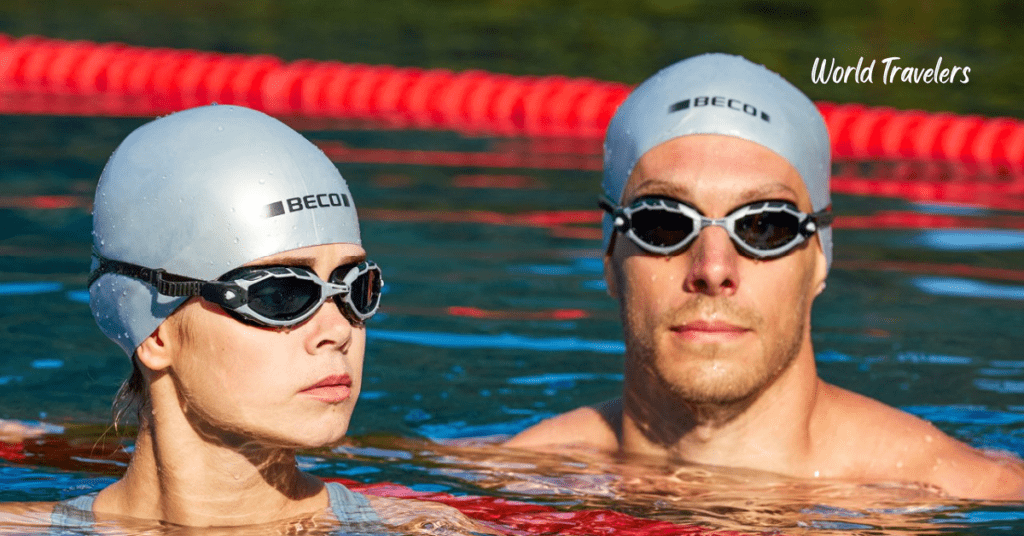
However, they may not be as streamlined as competitive goggles and can be more expensive than recreational models.
Swim Caps
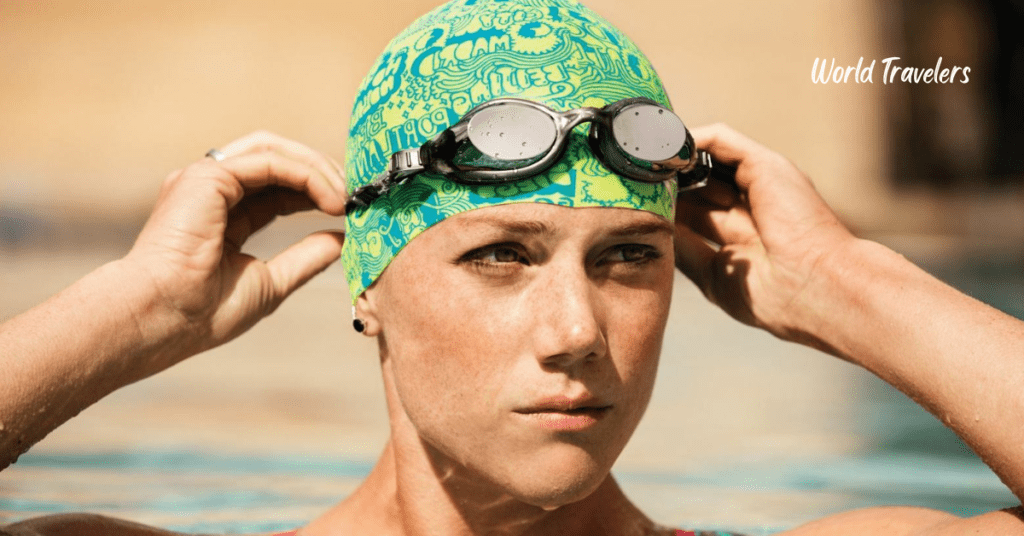
Swim caps are essential gear for swimmers of all levels, serving both practical and performance-enhancing purposes. Choosing the right swim cap can enhance comfort, streamline your swimming experience, and protect your hair from chlorine damage.
Silicone Swim Caps
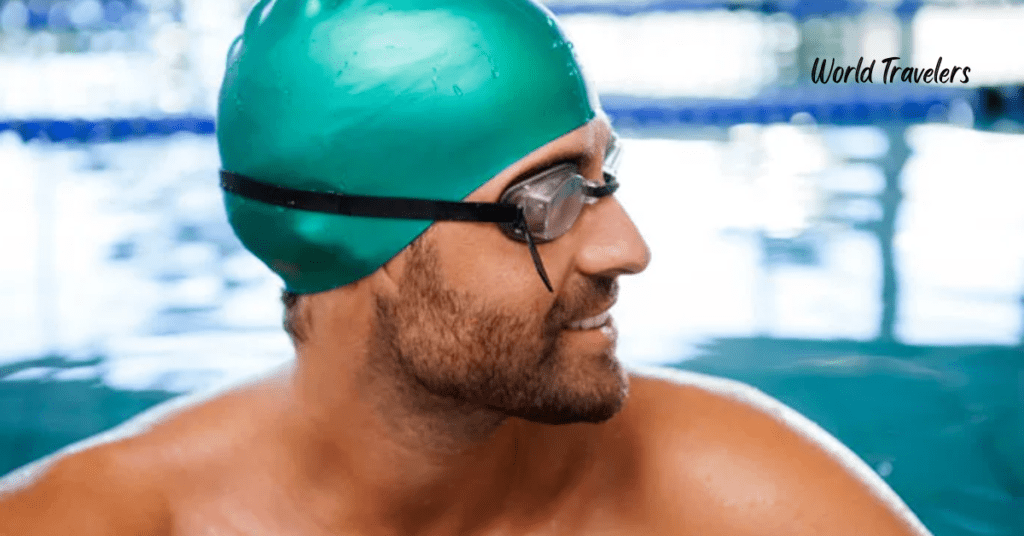
Silicone swim caps are renowned for their durability, hypoallergenic properties, and snug fit, making them a popular choice among swimmers. They excel in reducing drag in the water and are comfortable to wear, catering to both recreational swimmers and competitive athletes alike.
However, they tend to be more expensive than latex caps and may not breathe as well, potentially leading to warmer conditions during extended use.
Lycra Swim Caps
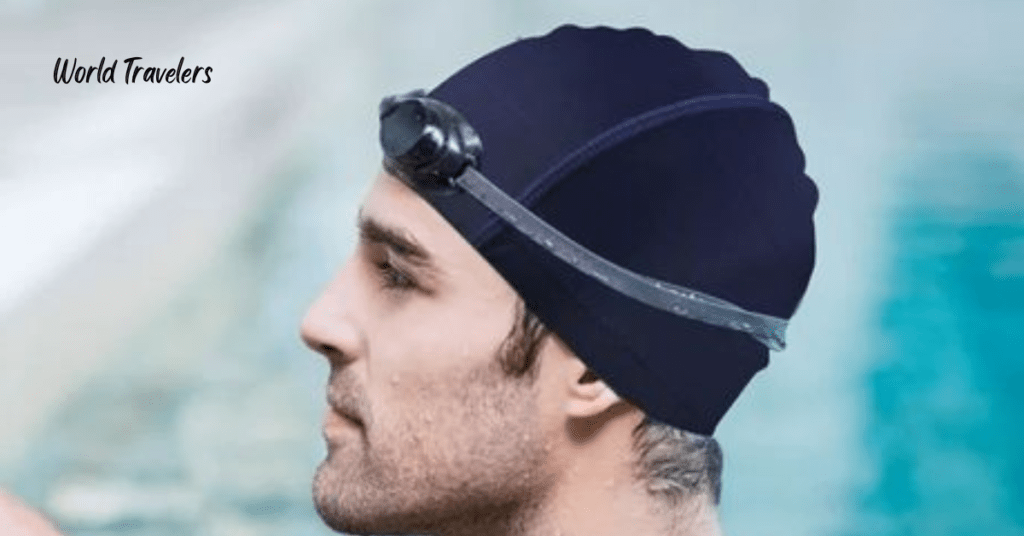
Lycra swim caps offer a soft and comfortable alternative, providing a lightweight option for swimmers. They are easy to put on and take off, making them ideal for recreational swimmers and individuals with latex allergies who seek a hypoallergenic material.
However, Lycra caps offer fewer hydrodynamic advantages compared to silicone or latex caps, which may be a consideration for competitive swimmers aiming to minimize drag in the water.
Swim Fins
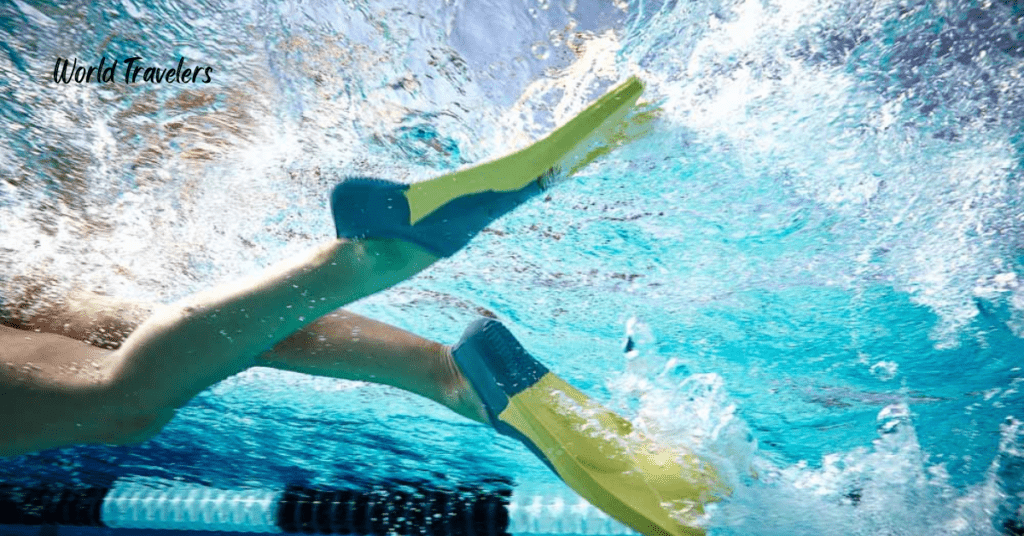
Swim fins, also known as flippers, are essential tools that aid in propulsion and enhance the efficiency of swimming strokes.
Short Blade Fins
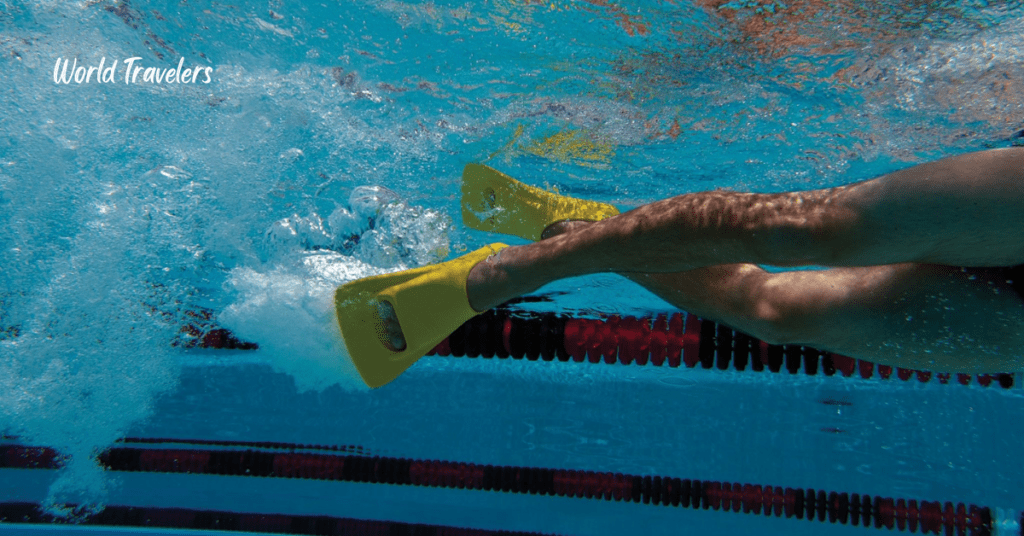
Short blade fins are designed to provide swimmers with increased flexibility while refining their technique and strengthening their leg muscles. These fins are particularly beneficial for swim drills and training sessions, as they facilitate easier kicking and place less strain on the ankles compared to longer fins.
However, short blade fins generally offer less propulsion and may not achieve the same speed as longer fins, which can be a consideration for swimmers focusing on speed and efficiency in their training.
Long Blade Fins
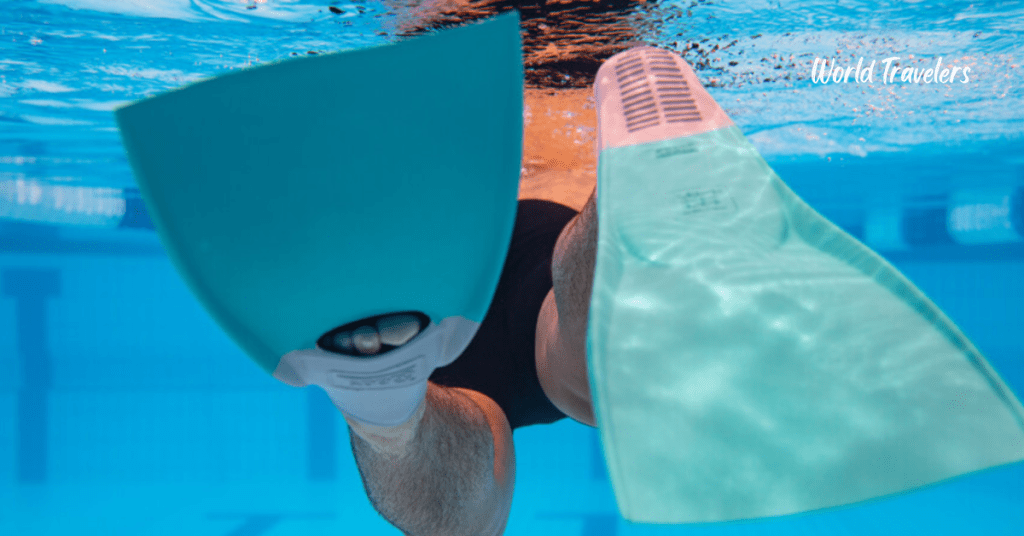
Long blade fins are crafted to deliver enhanced propulsion, making them ideal for endurance and speed training in swimming. These fins significantly increase kicking power and improve ankle flexibility, which is beneficial for distance swimmers and those engaged in competitive training.
However, due to their length and design, long blade fins can exert strain on the ankles and feet, potentially requiring swimmers to develop stronger leg muscles to utilize them effectively.
Kickboards
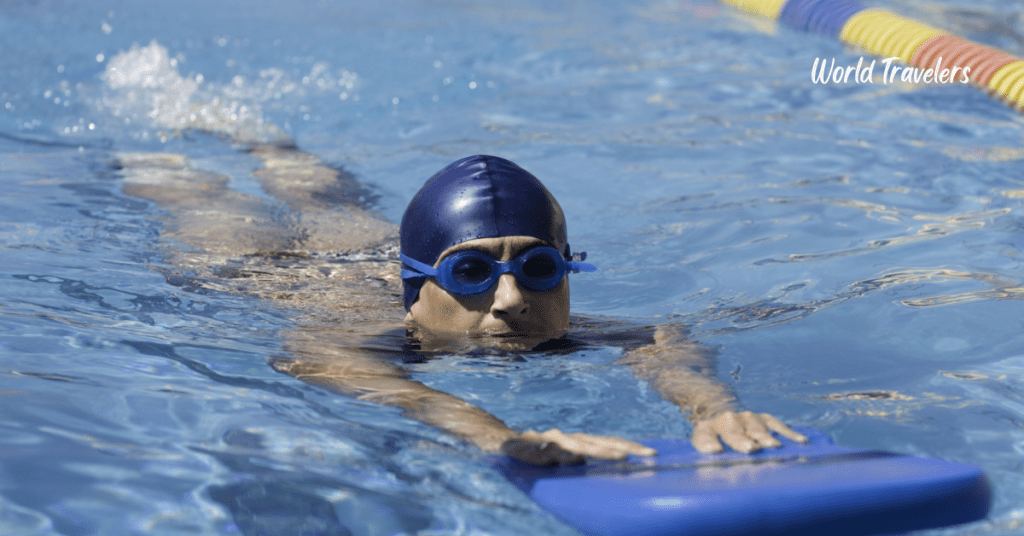
Kickboards are essential swimming aids used primarily for improving leg strength, technique, and overall endurance in the water. They are typically made of buoyant foam or plastic and come in various shapes and sizes to accommodate different swimming levels and goals.
Standard Kickboards
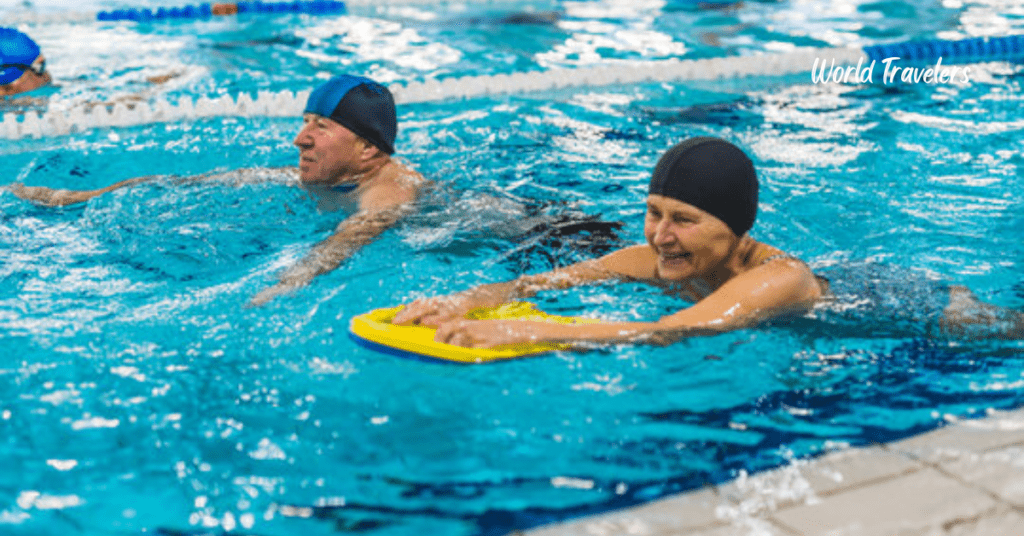
Standard kickboards are characterized by their rectangular shape with rounded edges, offering buoyancy and stability in the water. These kickboards are widely favored for their ease of grip and suitability for swimmers of all levels.
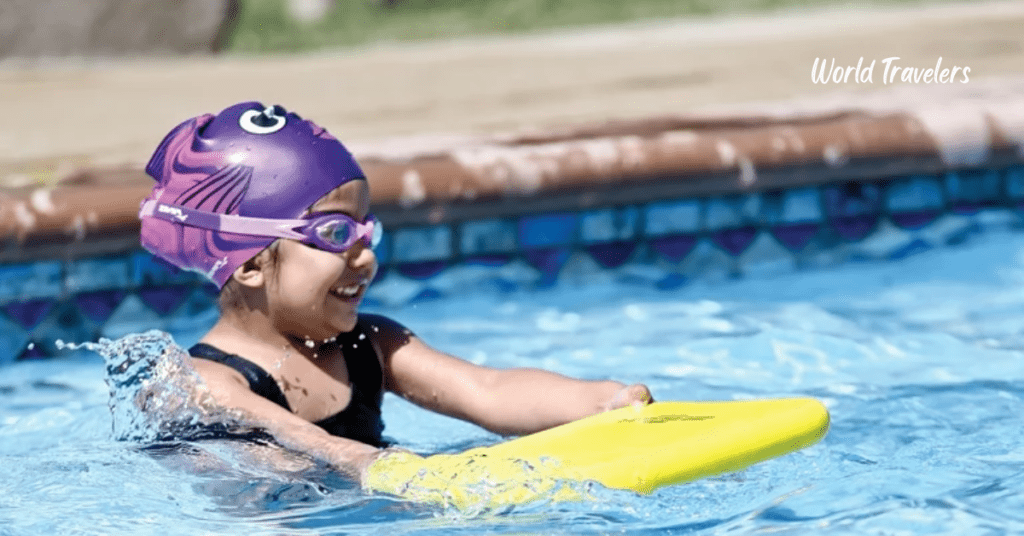
However, the design of standard kickboards may restrict arm movement during use, potentially limiting their versatility compared to other shapes like ergonomic or junior kickboards.
Ergonomic Kickboards
Ergonomic kickboards are designed with contoured shapes that offer a more comfortable and efficient grip compared to standard kickboards. This design feature enhances comfort during use and promotes better body alignment, allowing swimmers to maintain posture and technique during longer training sessions.
Additionally, the buoyancy of ergonomic kickboards can vary depending on their specific design, which may affect their suitability for different swimming abilities and preferences.
Conclusion & Recap
The selection of appropriate swimming gear plays a pivotal role in enhancing both comfort and performance for beginners and seasoned swimmers alike. Ultimately, investing in high-quality swimming gear not only promotes safety and performance but also fosters a more enjoyable and fulfilling experience in the water.
FAQs
What swimwear should beginners wear?
For beginners, opting for comfortable and streamlined swimwear is key. This usually means a well-fitted swimsuit for women or trunks/jammers for men, preferably made of materials like polyester or nylon blends that dry quickly and provide ease of movement.
Are swim goggles necessary for beginners?
Yes, swim goggles are essential for beginners as they protect your eyes from chlorine and help you see clearly underwater, which boosts confidence and allows you to focus on improving your technique without distractions.
Do beginners need swim caps?
While not mandatory, swim caps can be beneficial for beginners. They keep hair out of your face, reduce drag in the water, and protect your hair from chlorine damage. Silicone caps are comfortable and durable, making them a popular choice.
Why are swim fins recommended for beginners?
Swim fins, or flippers, are recommended for beginners because they help improve leg strength and body position in the water. They provide propulsion, making it easier to practice various strokes and kick techniques effectively.
Should beginners invest in a swim buoy?
Yes, a swim buoy is a valuable safety tool for beginners. It enhances visibility in open water, making you more noticeable to other swimmers and boaters. It also provides buoyancy if you need to rest during longer swims, boosting confidence and peace of mind.
